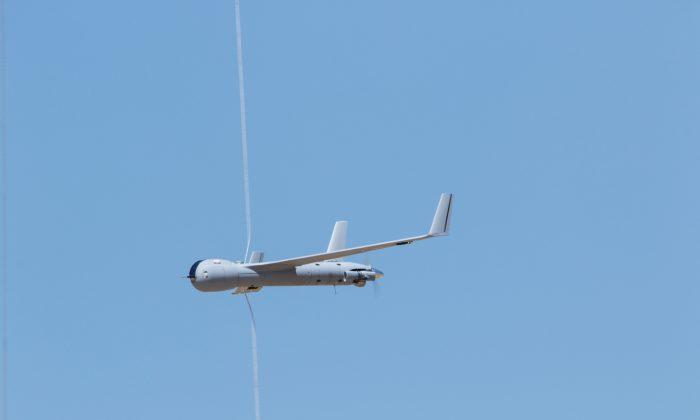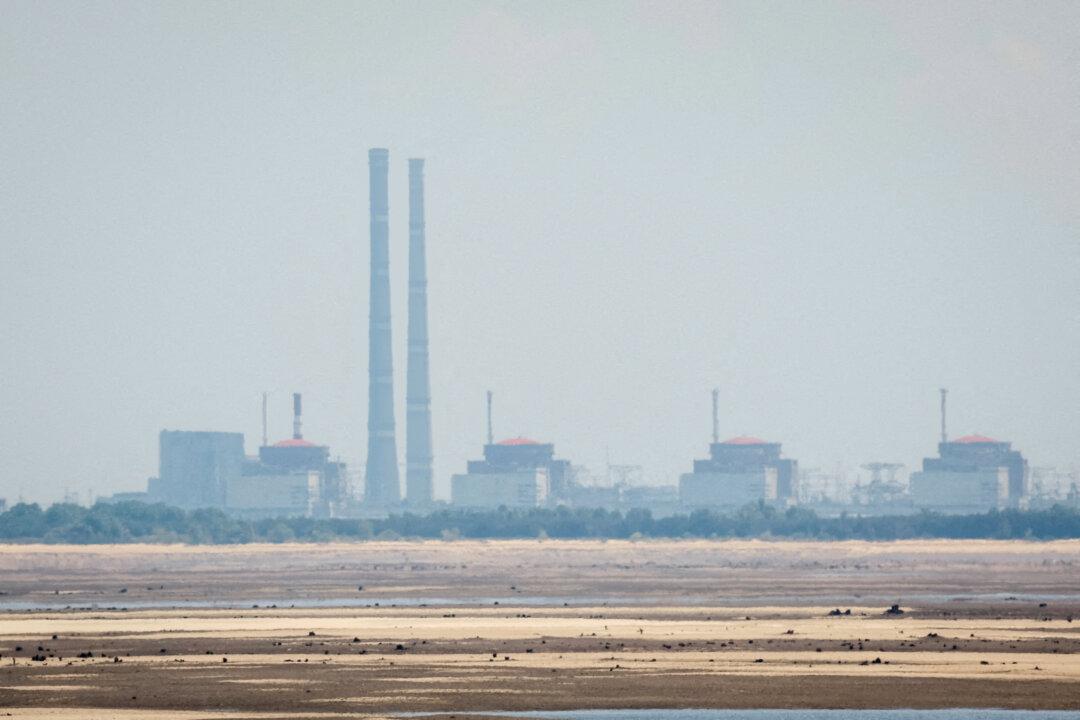The drones would afford greater intelligence gathering capabilities potentially curbing Chinese activity in the region.
Shanahan did not directly name China when making accusations of “actors” destabilizing the region in a speech at the annual Shangri-La Dialogue in Singapore on June 1 but went on to say the United States would not ignore Chinese behavior.
The Pentagon announced on Friday it would sell 34 ScanEagle drones, made by Boeing Co. to the governments of Malaysia, Indonesia, the Philippines and Vietnam for a total of $47 million.
The Pentagon said Friday’s sales included spare and repair parts, support equipment, tools, training and technical services and work on the equipment was expected to be completed by March 2022.
As many as 12 unarmed drones and equipment would go to Malaysia for about $19 million. Indonesia, the world’s largest Muslim-majority country would buy eight drones, the Philippines eight, and Vietnam six.
In 2018, President Donald Trump’s administration rolled out a long-awaited overhaul of U.S. arms export policy aimed at expanding sales to allies, saying it would bolster the American defense industry and create jobs at home.
That initiative eased rules for exporting some types of lethal as well as non-lethal U.S.-made drones to potentially dozens more allies and partners.
There is no armed version of the ScanEagle, but Insitu, the division of Boeing that makes the drone, also makes the RQ-21A Blackjack which is an optionally armed drone used by U.S. Navy and Marine Corps.
The Chinese Communist Party (CCP) immediately rejected the tribunal’s decision. A statement from its Foreign Ministry said it viewed the decision as “null and void and has no binding force.” It would “neither accept nor participate in the arbitration unilaterally initiated by the Philippines.” The true impact is uncertain given the tribunal has no power of enforcement, The Associated Press reported on July 12, 2016.
Brunei, Indonesia, Malaysia, the Philippines, Taiwan and Vietnam have competing claims in the region.






Friends Read Free